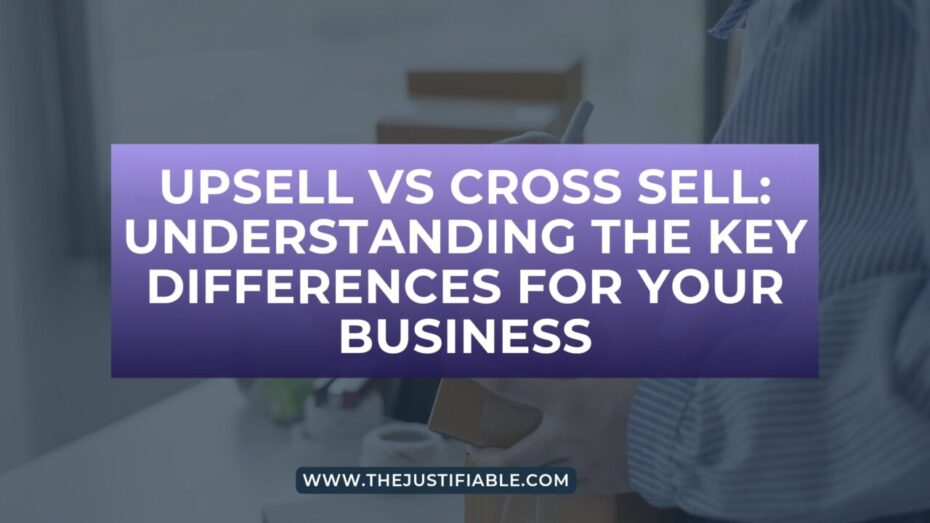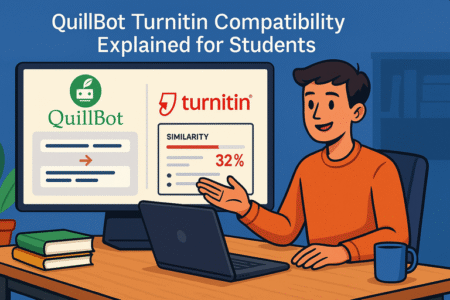Table of Contents
Upsell vs cross sell! In today’s competitive business landscape, maximizing revenue and enhancing customer satisfaction are essential for any organization.
One way to achieve these goals is through effective upselling and cross-selling techniques. This in-depth article will explore the key differences between upsell vs cross sell, providing valuable insights on the best strategies and techniques for each.
We will also discuss the impact of these approaches on e-commerce and retail businesses, offering best practices for implementation, tips and tricks for various industries, and examining success stories from top companies.
By understanding the nuances of upselling and cross-selling, businesses can create a more personalized customer experience and drive substantial growth.
Understanding Upsell vs Cross Sell: Key Differences
Upselling and cross-selling are both sales strategies aimed at increasing a customer’s order value; however, they differ in their approach. Upselling involves persuading customers to purchase a higher-end product or service than the one they initially planned to buy.
This technique focuses on offering better features, higher quality, or additional benefits to justify the higher price. Cross-selling, on the other hand, involves promoting complementary products or services that enhance the customer’s initial purchase.
For example, suggesting a protective case for a smartphone or offering an extended warranty plan. Understanding these differences is crucial for businesses to employ the right strategy in a given situation and reap maximum benefits.
Upsell Techniques for Increasing Average Order Value
Upselling is a powerful tool to increase average order value and overall revenue. To effectively upsell, businesses must identify opportunities where a higher-priced product or service offers tangible benefits to the customer. One effective technique is to highlight the long-term value or cost savings of the premium option.
Additionally, offering a limited-time discount or exclusive bundle on the higher-priced item can create a sense of urgency and entice customers to upgrade. It’s essential to train sales staff to recognize customer needs and effectively communicate the benefits of the upsell without being overly aggressive or pushy.
Cross Sell Strategies to Boost Customer Satisfaction
Cross-selling aims to enhance customer satisfaction by offering complementary products or services that add value to their initial purchase. Successful cross-selling requires a deep understanding of customer needs and preferences, which can be achieved through thorough market research and analysis of customer data.
By identifying items that are frequently purchased together, businesses can develop targeted cross-selling strategies, such as offering product bundles or recommending relevant add-ons.
It’s essential to maintain a customer-centric approach, ensuring that cross-sell recommendations genuinely add value and meet customer needs. This will not only lead to increased sales but also foster long-term customer loyalty.
The Impact of Upsell vs Cross Sell in E-commerce and Retail
Both upselling and cross-selling play a significant role in e-commerce and retail environments, but their implementation and impact may differ.
Benefits of Upselling and Cross Selling for Online Businesses
For e-commerce businesses, upselling and cross-selling strategies can be seamlessly integrated into the customer journey through personalized recommendations, targeted offers, and smart algorithms.
These techniques enable online retailers to provide tailored shopping experiences, which can lead to increased average order values, higher conversion rates, and improved customer satisfaction.
Additionally, data-driven insights from customer browsing and purchasing behavior can help e-commerce businesses refine their upsell and cross-sell strategies, ensuring maximum effectiveness.
How Brick-and-Mortar Stores Can Leverage Upsell and Cross Sell Opportunities
In brick-and-mortar stores, upselling and cross-selling opportunities arise primarily through face-to-face interactions between sales staff and customers.
To capitalize on these opportunities, businesses should invest in comprehensive sales training, ensuring that staff can confidently and effectively communicate the benefits of upsells and cross-sells.
Additionally, in-store signage, product placement, and well-designed displays can encourage customers to consider complementary products or higher-priced options.
Best Practices for Implementing Upsell vs Cross Sell in Your Sales Process
Implementing upselling and cross-selling strategies requires careful planning and execution to ensure maximum effectiveness. By following best practices, businesses can create a seamless and customer-centric sales process that drives revenue growth and customer satisfaction.
Identifying the Right Upsell and Cross Sell Recommendations
Choosing the right products or services for upselling and cross-selling is crucial to success. To identify the most effective recommendations, analyze historical sales data, customer feedback, and market trends.
Look for patterns in customer preferences and purchase behavior to determine which items are most likely to resonate with your target audience. Remember, the key is to offer genuine value to the customer by addressing their needs and preferences.
Data-Driven Approaches to Enhance Your Sales Funnel
Leveraging data is essential for refining your upselling and cross-selling strategies. Track the performance of your recommendations, conversion rates, and customer satisfaction levels to gain insights into what works and what doesn’t.
Utilize customer data, such as browsing history and past purchases, to create personalized and relevant offers that resonate with individual customers. Continuously analyze and optimize your sales funnel based on data-driven insights to ensure ongoing success.
Tips and Tricks for Effective Upselling and Cross Selling
To maximize the effectiveness of your upselling and cross-selling strategies, consider these tips and tricks that have proven successful across various industries.
How to Upsell and Cross Sell Effectively in Various Industries
While the general principles of upselling and cross-selling apply across industries, each industry has unique nuances that businesses must consider.
For example, in the hospitality industry, upselling might involve offering a room upgrade or additional amenities, while cross-selling could include promoting spa services or dining options.
Understand your industry’s specific customer needs and preferences to tailor your upselling and cross-selling strategies accordingly.
Using Personalization and Customization to Improve Upsell and Cross Sell Success
Customers today expect personalized and customized experiences. Leverage customer data and analytics to create tailored upselling and cross-selling offers that speak to individual preferences and needs.
By offering personalized product recommendations or exclusive bundles, you can enhance the customer experience and increase the likelihood of conversion.
Upsell vs Cross Sell Success Stories: Learning from Top Companies
Examining the success stories of top companies can provide valuable insights into the most effective upselling and cross-selling strategies.
Upsell vs Cross Sell Examples in E-commerce Giants
E-commerce giants like Amazon have mastered the art of upselling and cross-selling by leveraging customer data and personalization.
Amazon’s “Customers who bought this item also bought” feature is a prime example of cross-selling, while their “Upgrade and save” offers are an effective upselling technique.
By analyzing customer behavior and utilizing sophisticated algorithms, Amazon creates a seamless and personalized shopping experience that drives revenue and customer satisfaction.
How Traditional Retailers Mastered the Art of Upselling and Cross-Selling
Traditional retailers like Apple and Starbucks have also embraced upselling and cross-selling to drive growth. Apple Store employees are trained to showcase the benefits of higher-priced products and offer complementary accessories or services, such as AppleCare or AirPods.
Starbucks encourages cross-selling by promoting food items alongside beverage purchases and upselling by suggesting larger drink sizes or specialty beverages.
By understanding customer needs and preferences, these companies have successfully integrated upselling and cross-selling into their sales processes, resulting in increased revenue and customer loyalty.






